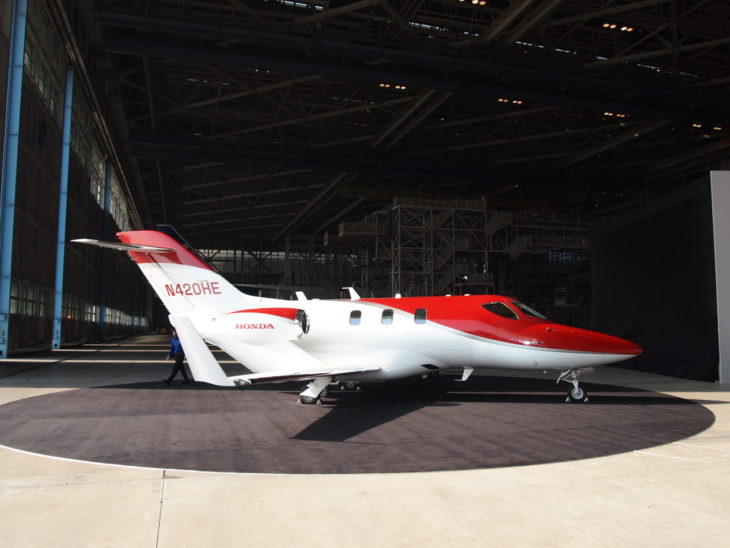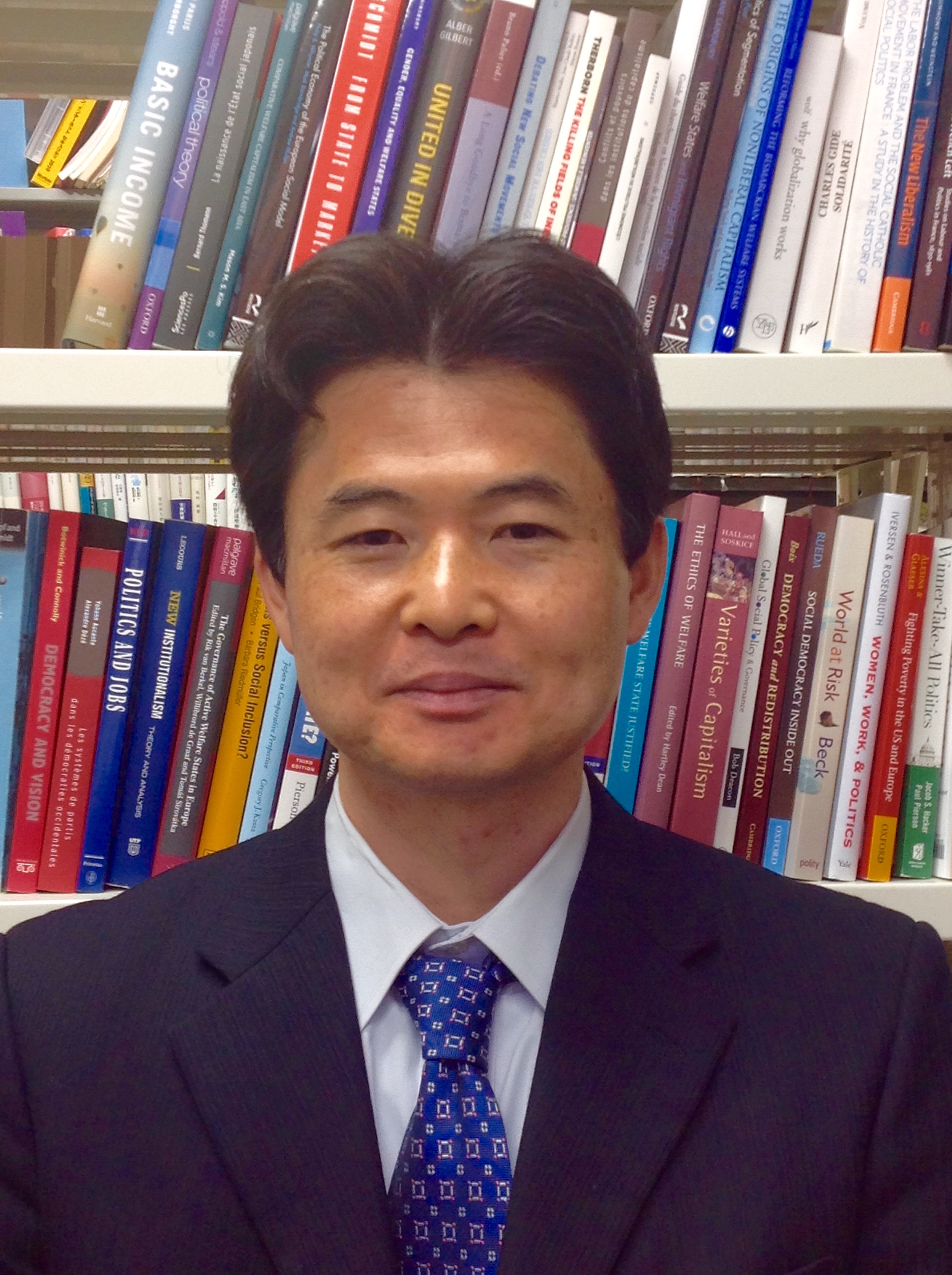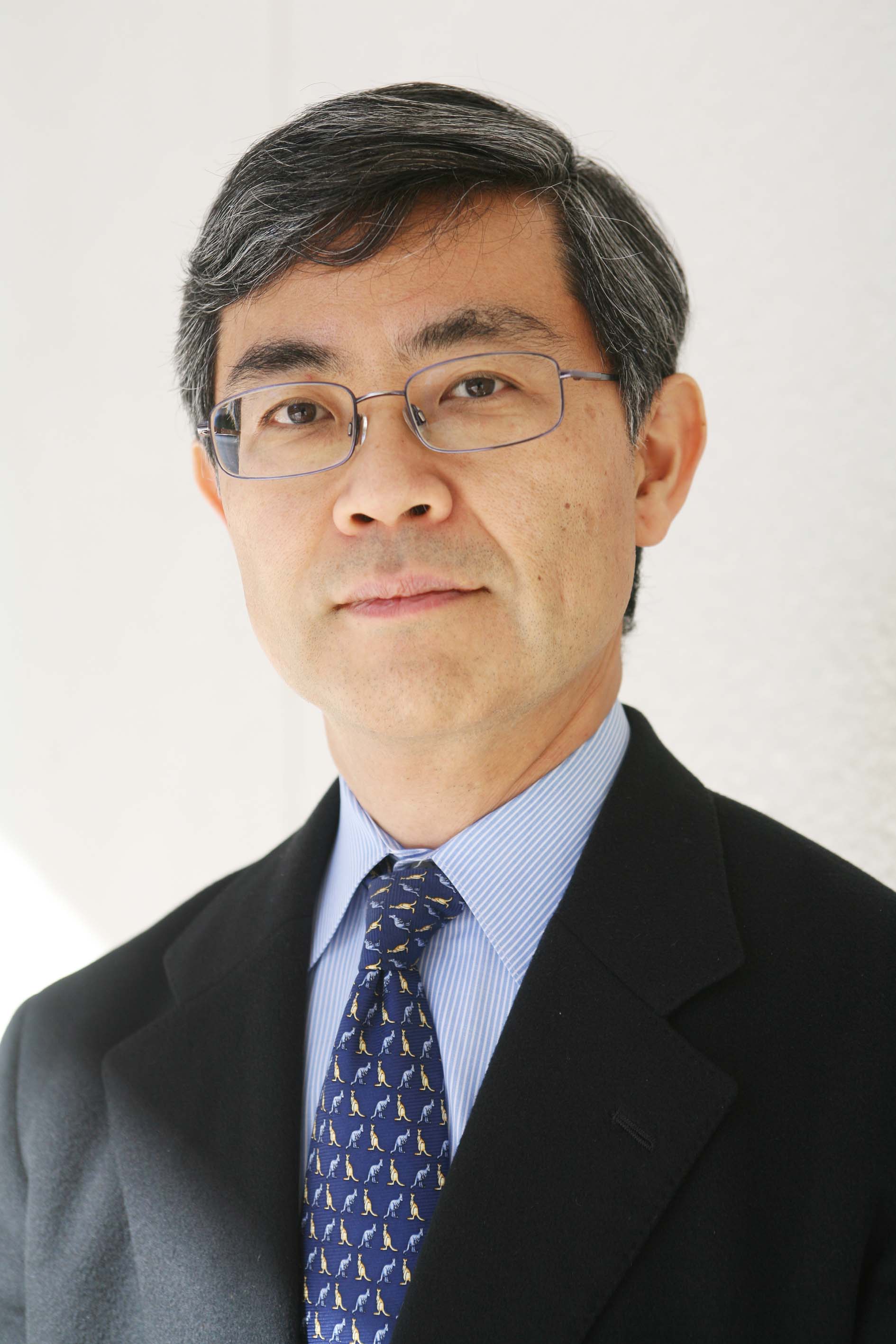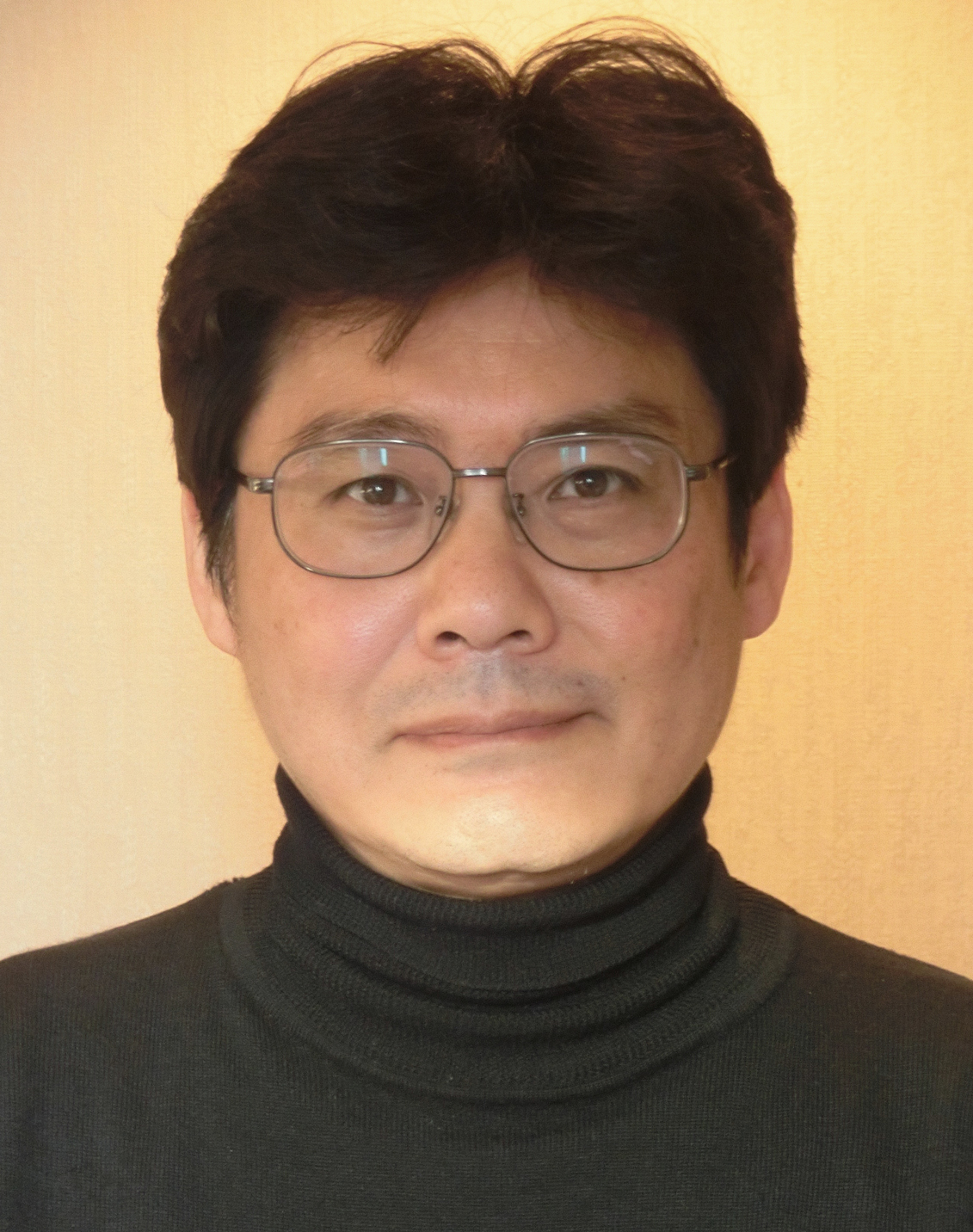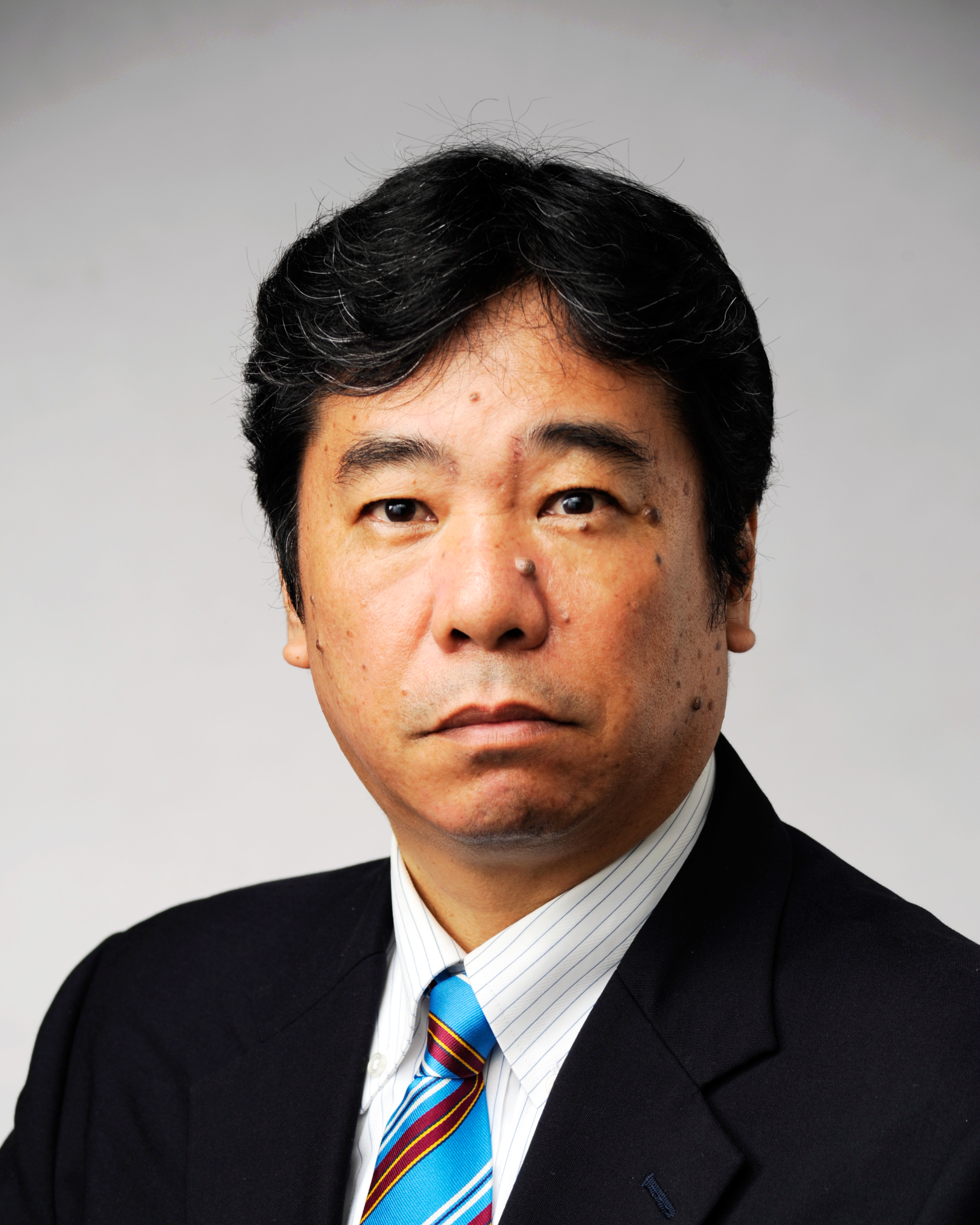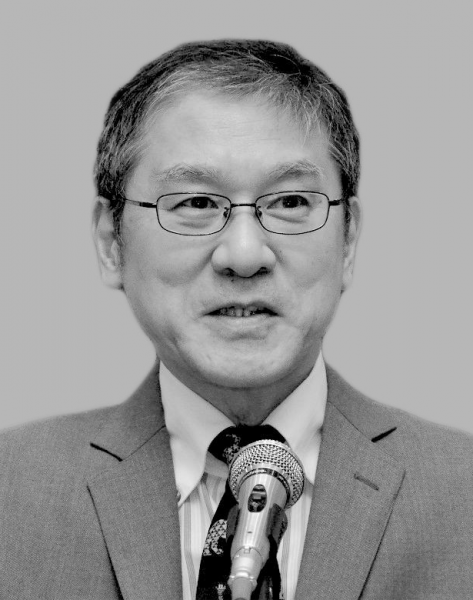HondaJet: Fulfilling the Dream of Soichiro
As HondaJet continues its successful demonstration tour of Europe, Katayama Osamu looks back on the development of the aircraft, the fastest, highest-flying, quietest, and most fuel-efficient jet in its class.
A red and white aircraft landed at Haneda Airport under a blue sky on 23 April 2015. It was a proud moment for HondaJet, whose development has been ongoing for approximately thirty years, since 1986. On the first day of its world tour en route to Japan and Europe, HondaJet made its first appearance outside the United States.
At the commemorative press conference on the same day, the president of Honda Motor Co., Ito Takanobu, said, “Ever since its foundation, Honda has always had a dream of flying in the sky. Today, the dream that was held by the founder, Honda Soichiro, and the dream to enter the aircraft industry, thereby achieving three-dimensional mobility, have been realized.”
In the world tour, following its landing at Haneda Airport, HondaJet visited Sendai, Kobe, Kumamoto, Kounan (Okayama Prefecture) and Narita Airports in Japan. Then, in Europe, it participated in the European Business Aviation Convention & Exhibition, a business aircraft manufacturers’ meeting, in Geneva, Switzerland, followed by visits to Switzerland, the United Kingdom, France, Germany, Belgium and other countries, holding demonstration flights and other events.
When the development of HondaJet commenced, the general opinion was, “Honda is a motorbike manufacturer, and there is no way that it will be able to manufacture aircraft.” This opinion is understandable. There are instances of companies such as Fuji Heavy Industries, Ltd. and Rolls-Royce, whose parent companies are aircraft manufacturers, starting to manufacture automobiles, but there has been no instance of an automobile company ever manufacturing aircraft.
Moreover, the development and production of airframes and engines are distinctively separate, and are managed by different companies in the aircraft industry. Aircraft manufacturers, such as the Boeing Company, do not produce aircraft engines. There is no other private company in the world like Honda that manages both development and production.
With such unorthodox elements, how has HondaJet been developed?
Timeline
Right from the start, it was the dream of Honda Soichiro, the founder of Honda, to develop jet aircraft. In 1917, at the age of 10, he saw an aircraft at Hamamatsu Drill Court for the first time in his life. From then on, he had a constant longing for aircraft.
Inheriting Soichiro’s dream, Honda started developing aircraft in 1986. Young engineers were gathered and the development of an aircraft and aircraft engine began in top secrecy.
In terms of the engine, Honda refused to study the engines manufactured by other companies. Instead, it insisted on developing its own engine from scratch. However, even though Honda manufactures automobile engines, aircraft engines are technically completely different. Even now, Soichiro’s philosophy, “Don’t copy what other people are doing,” is considered to endure as Honda’s philosophy. Nonetheless, the challenge Honda took on back then was reckless.
In fact, for the first three or four years, Honda was forced to continue tirelessly producing engines that broke down instantly as soon as they were put into operation.
Even after the development began to get on the right track, Honda took numerous thoughtless or daring chances.
As it was a secret project, the room given over to research had no windows. When an aircraft engine under development was turned on at the facility for automobile gas turbines at the Wako Research Center, the impact was so great that the wall of the building was nearly blown off. When an aircraft engine that had been hung down under a derrick built at a tennis court in Takasu, Hokkaido was switched on, its loud blast reached the Self-Defense Forces Asahikawa base and a helicopter was hurriedly dispatched to inspect the site.
Through trial and error, Honda developed its first aircraft engine, the HFX01. In 1995, it carried out a test flight of the engine by installing it in the old airframe of a Boeing 727 in Los Angeles in the United States. However, the HFX01 did not actually pilot the Boeing 727. It was simply installed in part of the airframe, and its performance was only examined. Still, the joy of the developers was immense.
In terms of the development of the airframe, from the start this was undertaken by Fujino Michimasa, the present President of Honda Aircraft Company, LLC (HACI), and other staff members.
Fujino graduated from the Department of Aeronautics and Astronautics in the Faculty of Engineering of the University of Tokyo, and specializes in aerodynamics. In 1986, Fujino was secretly dispatched with four researchers to the University of Mississippi. In 1993, the MH02, the first independently designed and developed airframe, was successfully launched on its first flight.
When Honda’s aircraft project officially commenced in 1997, Fujino became head of the project. Since then, he has driven the project by taking advantage of his own characteristics of stubborn determination to create HondaJet.
Fujino designed a unique model of fitting engines on the top of the main wings, instead of fitting them on the back of an aircraft body as most conventional business jets do. Generally speaking, it is believed that it is better not to fit anything on the main wings, so Fujino has defied common wisdom. By repeatedly carrying out wind tunnel experiments, he found the optimum position, the so-called sweet spot.
As a result, HondaJet has achieved a top cruising speed of 787 km per hour, an improvement of approximately 30% compared with rival aircraft, a maximum operating altitude of approximately 13,100m, an improvement of approximately 5%, and an improvement in fuel efficiency of approximately 26%. Because the engine support structure was no longer required at the back of the aircraft body, it became possible to offer more space in the cabin and luggage hold.
In 2003, HondaJet successfully undertook its first flight of approximately 20 minutes.
In the following year, 2004, Honda established GE Honda Aero Engines LLC (GE Honda), a company in which GE invested equally, to manufacture engines for small-sized aircraft. Based on this, Honda has paved the way for the mass production of engines, the acquisition of a certificate from the Federal Aviation Administration (FAA) and the securing of sales channels.
In 2006, Honda announced the launch of the HondaJet business.
In 2012, Fujino was the first Japanese to receive the Aircraft Design award of the American Institute of Aeronautics and Astronautics.
To the Runway
In March 2015, HondaJet acquired AFF provisional type certification and will soon be eligible to receive permanent type certification. From the day when the type certification is acquired, Honda will be able to deliver the HondaJet to buyers. Each HondaJet costs approximately 460 million yen, and Honda has already received orders for more than 100 units.
The small-sized jet plane market is now expanding, and Honda is currently engaged in activities to obtain orders in North America and Europe. It plans to develop the market in Russia, Brazil, China, Asia and other countries and regions in the future.
Will Honda be able to develop the aircraft business into its fourth business pillar following the automobile, motorcycle and power product businesses? Honda’s challenge for the sky is now shifting to a key phase.
Translated from an original article in Japanese written for The Japan Journal [July 2015]
Related article: The Founder’s Dreams and Engineering Spirit that Sent the HondaJet Soaring by KOJIMA Akira https://wp-en-sp.japanpolicyforum.jp/archives/economy/pt20180323132624.html
